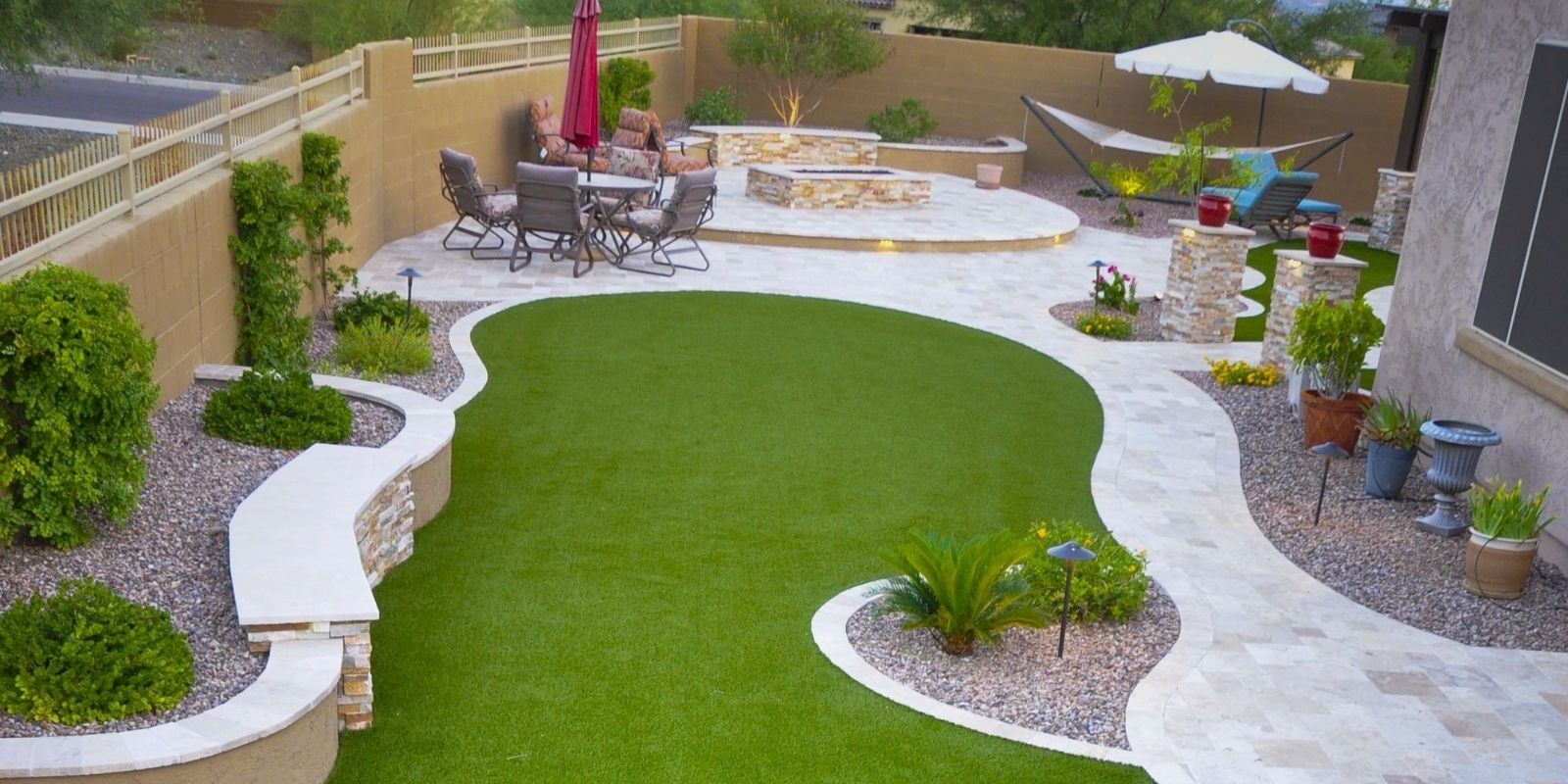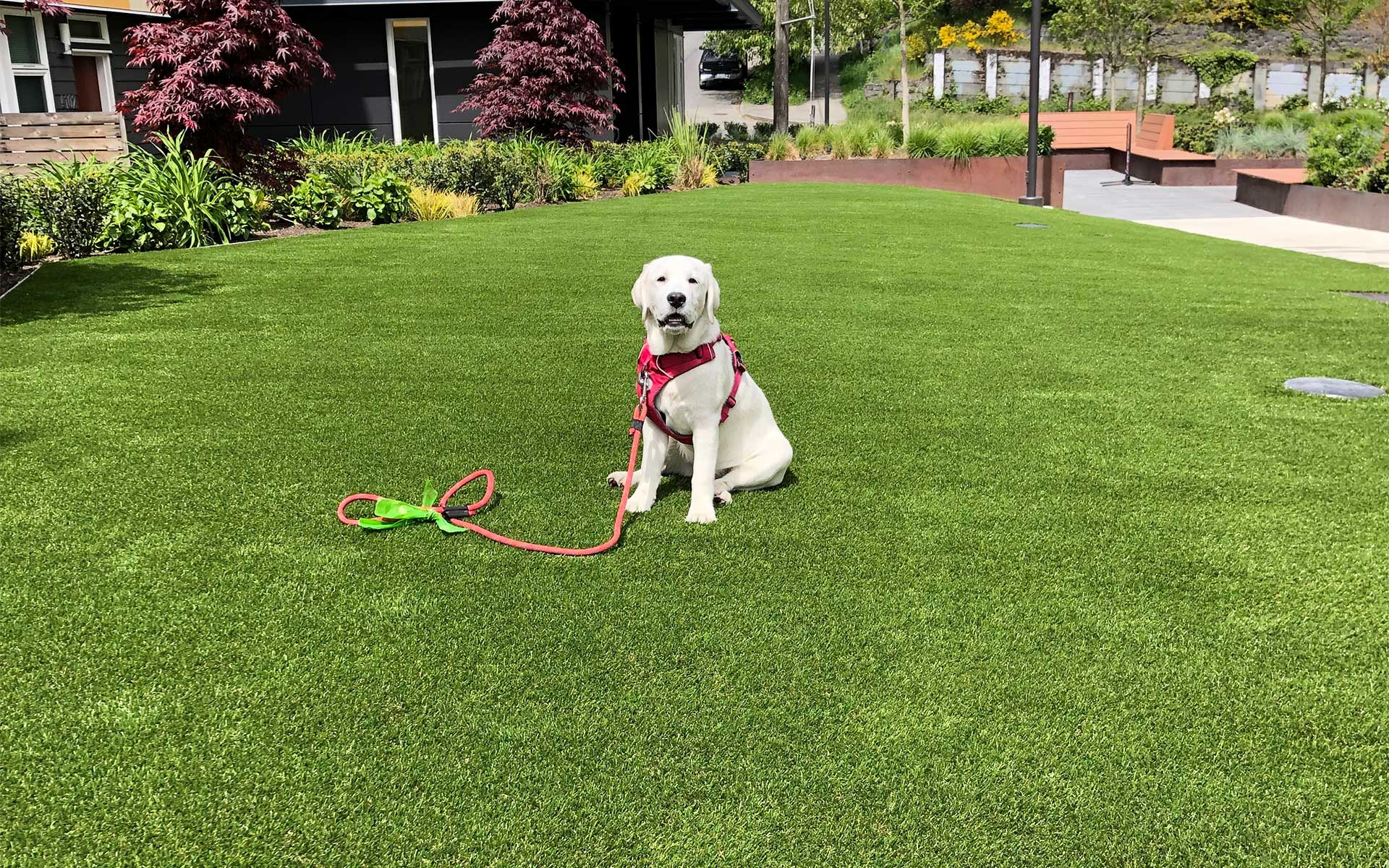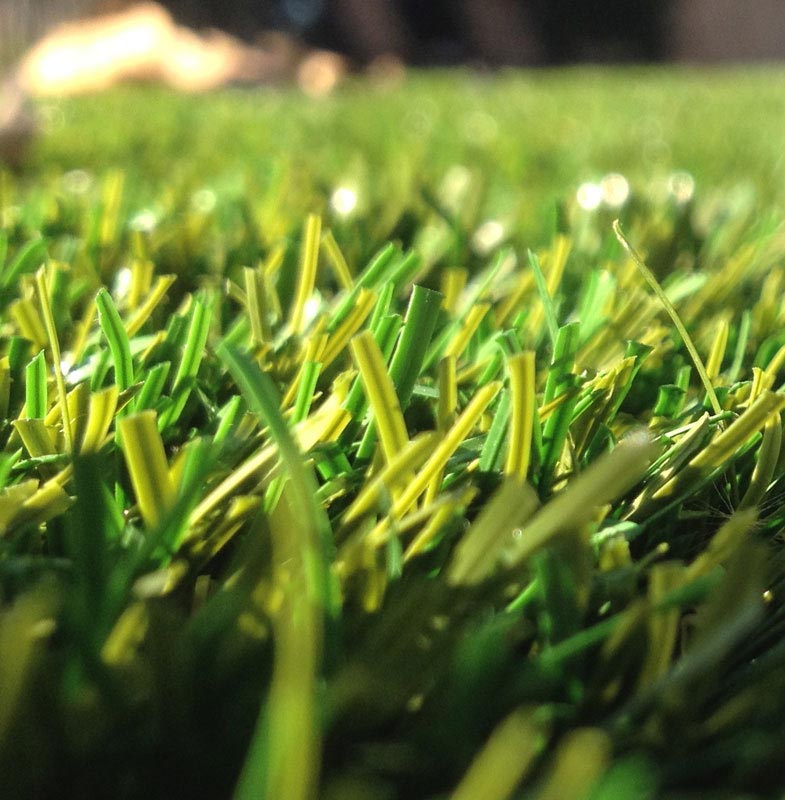Explore the Environmental Benefits of Opting for Synthetic Grass Solutions
The adoption of synthetic grass options presents an engaging possibility to attend to pushing ecological difficulties. By considerably reducing water use and lessening the application of dangerous chemicals, these options not just promote sustainable landscaping but likewise safeguard neighborhood communities. The lower carbon impact associated with decreased maintenance activities adds to a much more lasting technique to land management. The implications of these benefits prolong beyond plain conservation initiatives, raising concerns concerning their long-term effect on habitat conservation and overall environmental equilibrium. Discovering these dimensions reveals an intricate interplay worth considering.
Water Conservation Benefits
One of the most significant benefits of artificial turf is its capability to preserve water. In comparison, artificial lawn does not require watering, considerably reducing the overall demand for water resources.
By getting rid of the demand for normal watering, synthetic grass adds to lasting landscape practices and helps alleviate the ecological impact of extreme water intake. The conservation of water expands to the reduction of overflow, which can lead to dirt disintegration and river air pollution.
Furthermore, the setup of synthetic grass allows house owners and municipalities to assign water resources a lot more effectively, concentrating on important usages such as alcohol consumption water and farming. The change towards synthetic turf not just advertises accountable water use yet likewise straightens with more comprehensive environmental goals intended at protecting natural deposits.
As communities increasingly focus on sustainability, the water preservation benefits of synthetic grass offer a compelling instance for its adoption in household and commercial landscape design tasks.
Reduced Chemical Usage
The change to fabricated turf significantly reduces the reliance on chemical treatments frequently utilized in all-natural lawn upkeep. Traditional lawn administration generally includes the application of fertilizers, herbicides, and pesticides to promote development and control insects. These chemicals can position threats to human health, regional wild animals, and the atmosphere, adding to soil and water contamination.
In comparison, artificial grass removes the need for these dangerous substances. By lessening the launch of artificial compounds right into the environment, man-made grass promotes much healthier soil and water systems.
In addition, the lack of chemical drainage related to artificial grass installations aids protect regional waterways from contamination, sustaining marine life and maintaining biodiversity. Arizona artificial turf. As neighborhoods increasingly focus on sustainable techniques, choosing for artificial lawn offers a sensible option that lines up with environmental preservation objectives. Via this shift, homeowner can enjoy rich green spaces without endangering eco-friendly health and wellness, leading the method for a more lasting future
Lower Carbon Footprint

Moreover, the installment of synthetic grass can lead to significant water conservation. All-natural lawns need substantial amounts of water for watering, which not only includes in the carbon footprint linked with water extraction and treatment however additionally strains local water sources. In contrast, synthetic grass needs marginal maintenance, requiring no watering, thus considerably decreasing water use and its connected energy expenses.
Additionally, the longevity of synthetic grass adds to its lower carbon influence. With a life-span of approximately 15 years or more, the requirement for regular replacements is reduced, causing much less waste and reduced power usage in production and getting rid of standard lawn options. On the whole, synthetic grass offers a lasting choice for eco mindful landscaping.
Habitat Conservation
Environment conservation is an important factor to consider in the argument over landscape design options, especially when comparing synthetic grass to natural turf. Natural grass lawns often require substantial upkeep, consisting of the use of pesticides, herbicides, and plant foods, which can negatively affect regional communities. These chemicals can leach into the dirt and waterways, damaging indigenous plants and animals and interrupting local habitats.
In contrast, artificial grass offers a possibility to lower the ecological impact of landscaping. By choosing artificial turf, home owners can reduce the interruption navigate here of natural environments connected with standard grass care methods. Synthetic grass removes the need for harmful chemicals, thus shielding nearby wild animals and preserving the honesty of bordering communities. Furthermore, the installment of synthetic grass can bring about the conversion of previous lawn locations right into more biodiverse landscapes, such as pollinator gardens or indigenous plant locations, which can sustain local wild animals.
Ultimately, the transition to artificial lawn not just saves water and decreases maintenance initiatives however likewise promotes a more harmonious partnership in between human tasks and the all-natural atmosphere, promoting environment preservation in the procedure.
Long-Term Sustainability
Lasting sustainability is an helpful hints essential factor in assessing the advantages of artificial lawn over conventional turf lawns. One of one of the most significant advantages of synthetic grass is its durability; it can last approximately 15-20 years with very little maintenance, whereas all-natural turf requires regular reseeding and replacement. This longevity lowers the need for consistent sources, such as water, fertilizers, and chemicals, which are vital for keeping a healthy grass yard.
Additionally, synthetic grass adds to a decrease in carbon discharges related to lawn treatment devices. Typical yards commonly require gas-powered mowers, trimmers, and blowers, every one of which add to air pollution. Arizona turf. In comparison, fabricated grass eliminates the demand for such tools, promoting a cleaner environment
In addition, the production of artificial grass significantly utilizes recycled materials, boosting its sustainability account. As manufacturers embrace eco-friendly methods, the ecological impact of synthetic grass remains to lessen.

Final Thought
The fostering of synthetic grass remedies offers significant environmental advantages, including substantial water conservation, decreased reliance on harmful chemicals, and a lower carbon footprint. Fabricated lawn help in protecting natural habitats by decreasing land disruption and promoting long-lasting sustainability with the use of long lasting materials. Collectively, these variables highlight the potential of artificial useful reference lawn to add positively to ecological health and supply a sensible option to conventional landscape design methods in a significantly resource-conscious world.
In contrast, man-made turf does not require watering, significantly minimizing the general demand for water sources. By decreasing the release of artificial substances into the ecological community, man-made grass promotes healthier dirt and water systems.
Moreover, the installment of synthetic lawn can result in considerable water conservation. In contrast, artificial grass requires minimal upkeep, requiring no watering, therefore considerably decreasing water usage and its associated energy expenses.

Comments on “Choose Trusted Artificial Turf Companies Phoenix for Your Landscaping Needs”